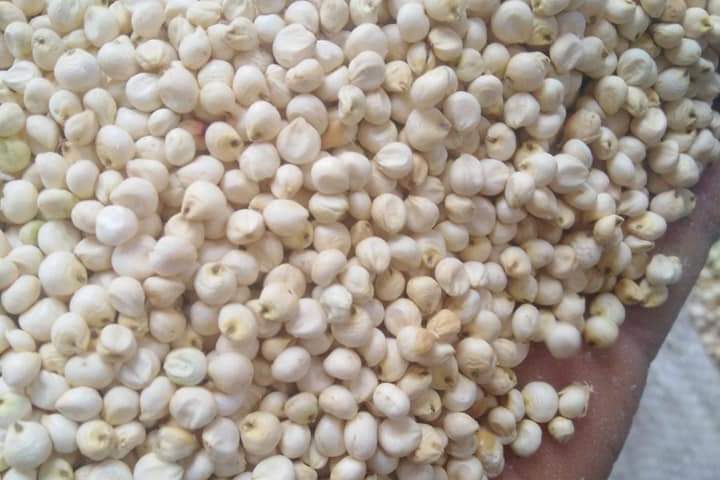corn seeds export import

product name
玉米
maïs
jagung
maíz

corn seeds export import
Storage Type Cool Dry Place
Specification corn seeds for export and import
Shelf Life 2 Year
Manufacturer WHITE CORN
Ingredients WHITE CORN
Content WHITE CORN
Address egypt
Instruction for use Food
Place of Origin corn seeds for export and import egypt
Type corn seeds for export and import
Glutinous Glutinous
Style Dried
Cultivation Type COMMON
Color White
Length (cm) 0.5
Maturity 99
Weight (kg) 25
Model Number WHITE CORN
Product name WHITE CORN
Quality High-quality
Grade A
Service OEM ODM Services
WHICH corn seeds for export and import TO CHOOSE FOR SOWING?
corn seeds for export and import is one of the most efficient and profitable crops in the cereal family. It is a spring grain to be sown in April or May, depending on the soil temperature. This crop is most often used for animal feed (silage and grain), but cultivation for milling purposes (production of corn groats and meal) is becoming increasingly popular. Its main advantages are its low requirements in terms of soil and climate conditions. Corn grows rapidly and is very resistant to thermal stress and water shortages. This does not mean, however, that all corn varieties guarantee high yield and profitability. The choice of corn seed is the most important factor in achieving high yield.
When selecting corn seed, the following factors should be considered: intended outlet; precocity (FAO number); type of grain (flint or dent); agronomic characteristics and soil position. It is also worth checking the yield results published by an independent institution such as Arvalis in France or Coboru in Poland. These bodies publish the results of registration, post-registration and reconnaissance studies of corn crops over many years. Ultimately, the most important factor is the return on investment.
First: grain or silage?
corn seeds for export and import grain (which can be used for bioethanol or corn groats and meal) is grown in Europe, Ukraine and Russia over a much larger area than corn silage (which can be used for biogas). With the exception of dairy farms and biogas outlets, most farmers prefer corn grain varieties or universal varieties. These are generally harvested for grain, but it is also possible to harvest them earlier for silage, which increases the potential outlets. However, it is more difficult to grow plants with very high vegetative development from corn grain seeds, to provide a high biomass. For this reason, breeders and seed producers have prepared varieties of corn intended solely for silage cultivation. They have a typical silage aspect and provide feed with the highest-energy content, ideal for feeding dairy cattle.
Your choice of variety will depend on the type of ration that you want to provide to your livestock and the available areas on your farm.
If farmers have access to very high-quality fodder with high digestibility value, they will choose a corn rich in starch, rather than corn seeds for export and import grain, in order to provide maximum energy.
if farmers do not have access to another source of fodder, they will choose a variety providing the best balance between digestibility and energy content.
Second: precocity
The precocity gives you an idea of the date for sowing and harvesting corn.
Precocity is a key factor in selecting corn seed. It is important to consider the early ripening period and the soil conditions in the particular region. The later the corn variety, the longer its growing season.
Early varieties are characterised by the high proportion of cobs in the yield of green and dry matter, but the overall yield is lower. Grain obtained from early varieties has lower humidity during harvest by up to 25-30%compared to the mid-early varieties in the same local conditions.
Medium-early hybrid varieties mature about 10-12 days later and produce a 5-10% higher yield than the early varieties, while the proportion of cobs in the mass intended for silage is lower.
Medium-late varieties mature 23-26 days later than early varieties. They have the highest grain yield (about 15% more than the medium-early varieties), but a slightly lower proportion of cobs in the mass intended for silage.
To watch a video about this product, visit the following link
https://en.wikipedia.org/wiki/Maize
https://deltaspiceegy.com/index.php/category/our-products/seeds/



